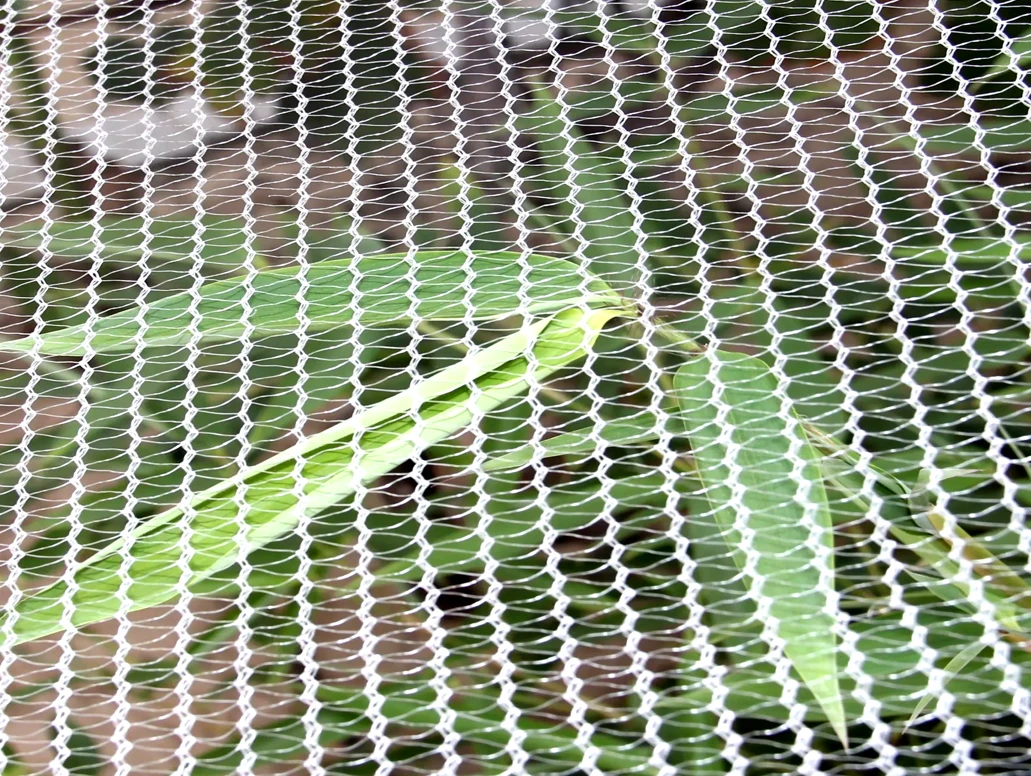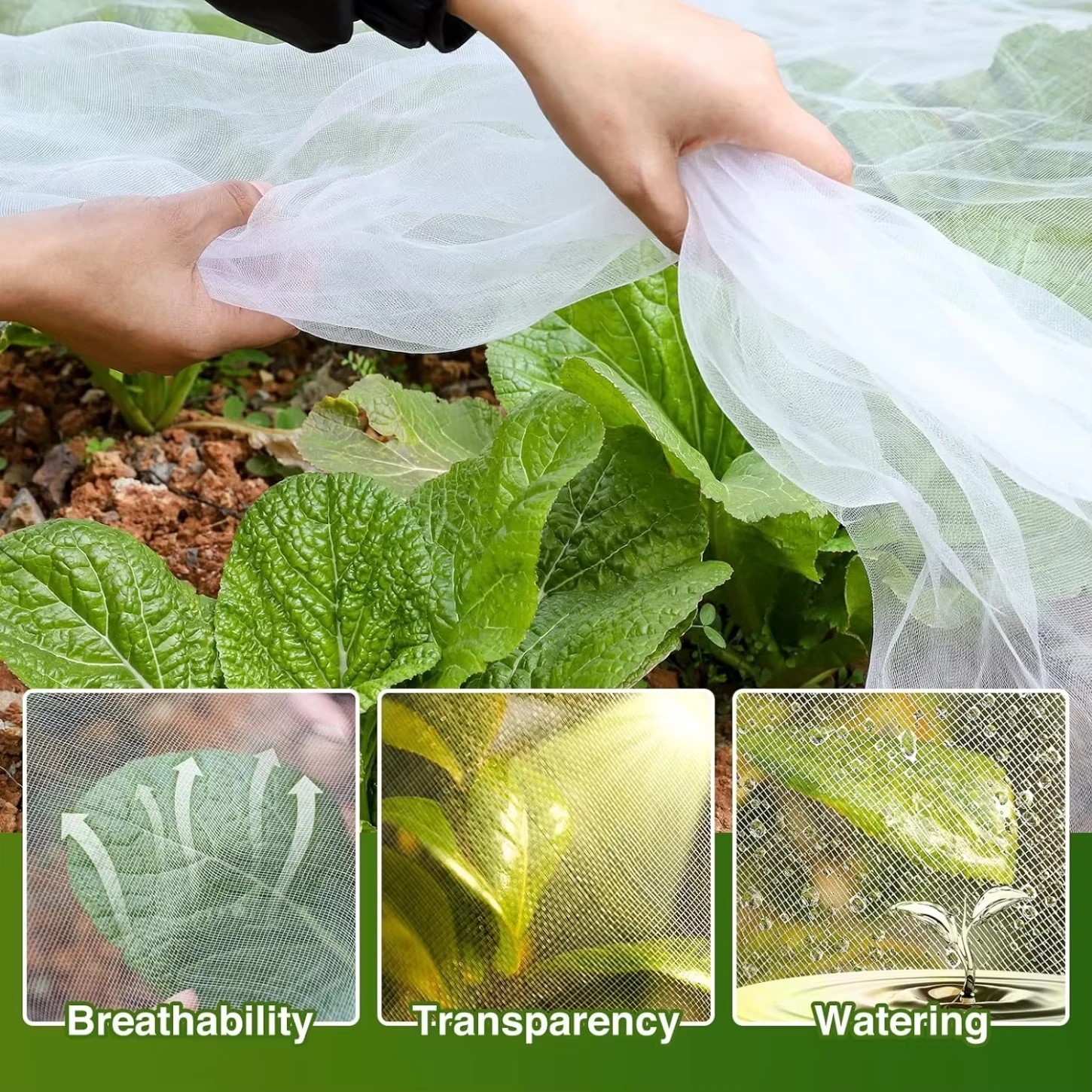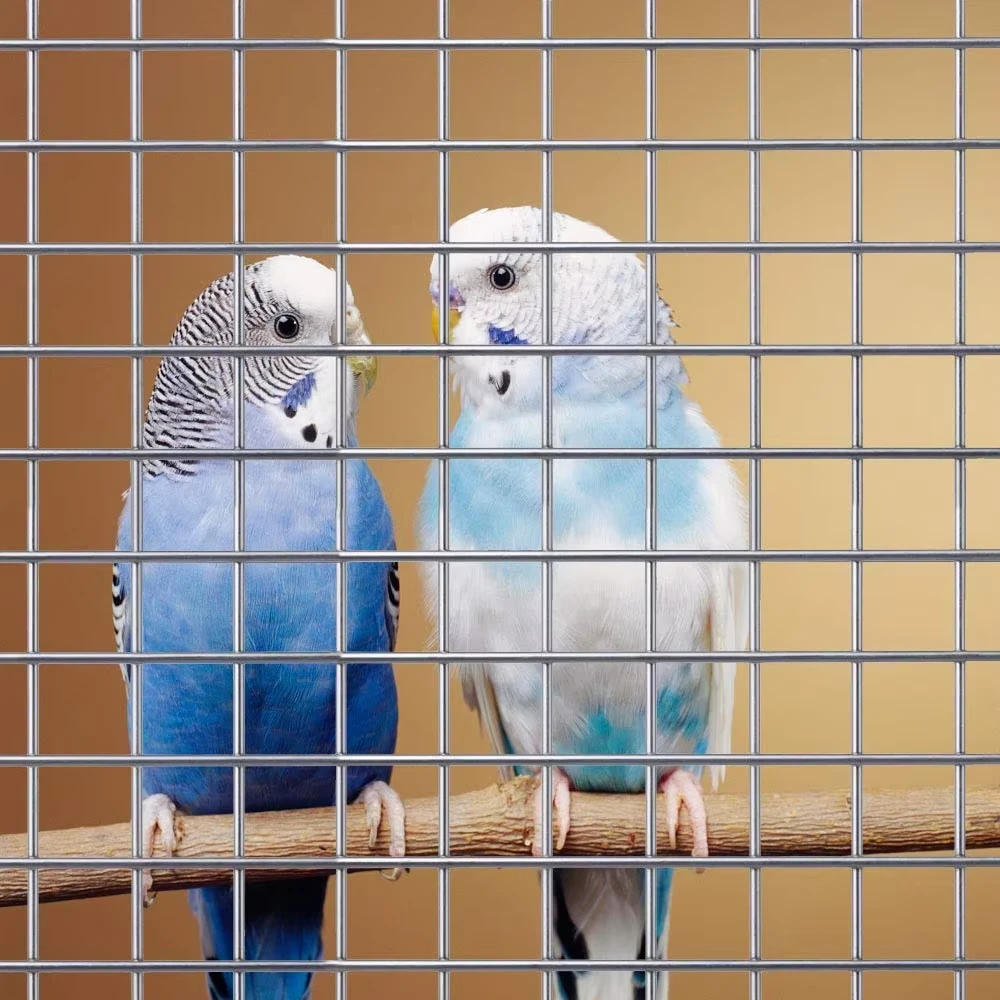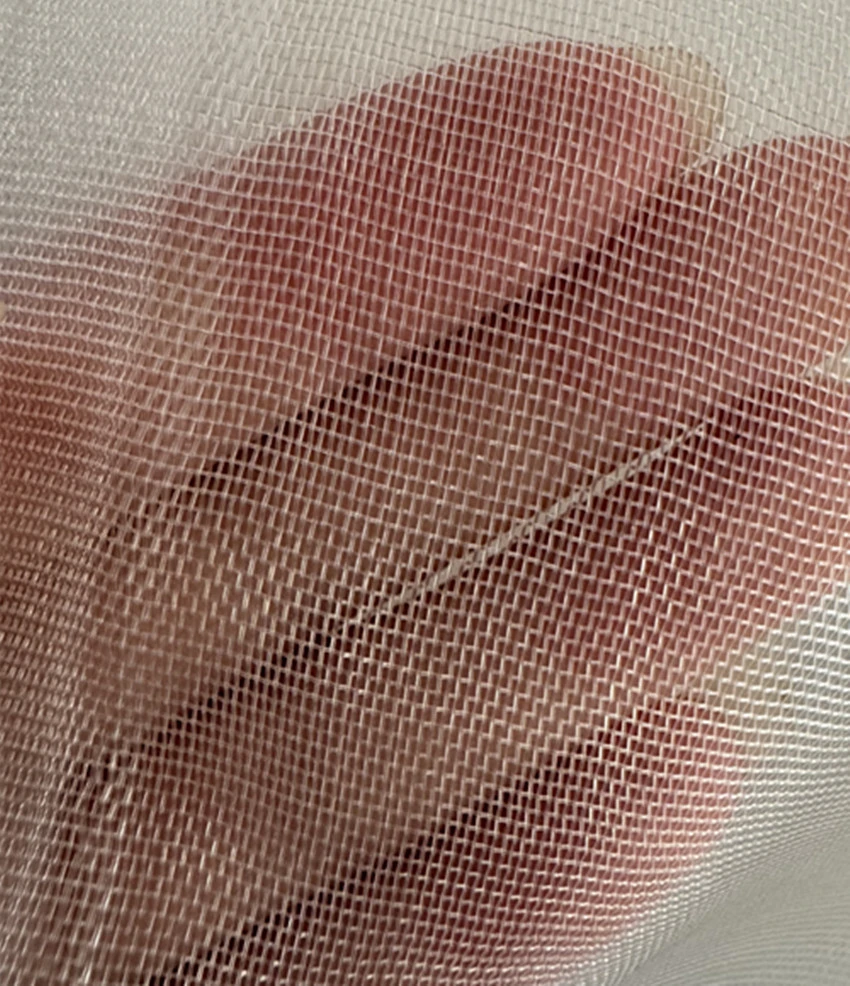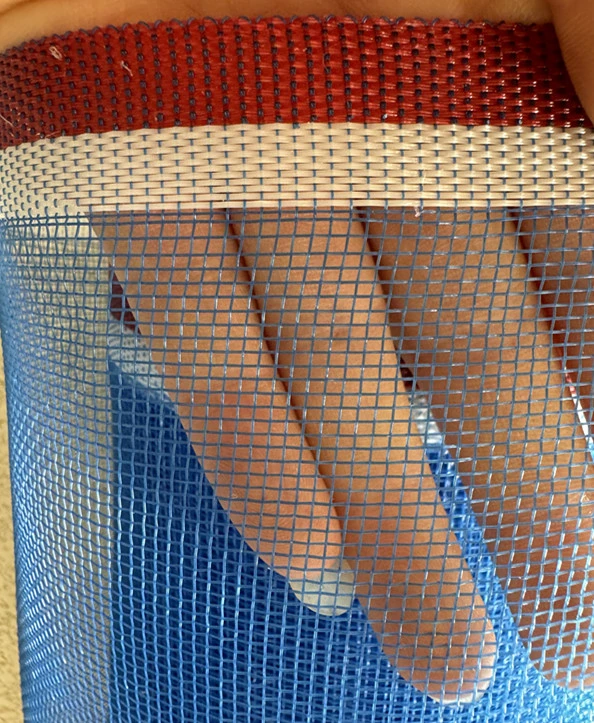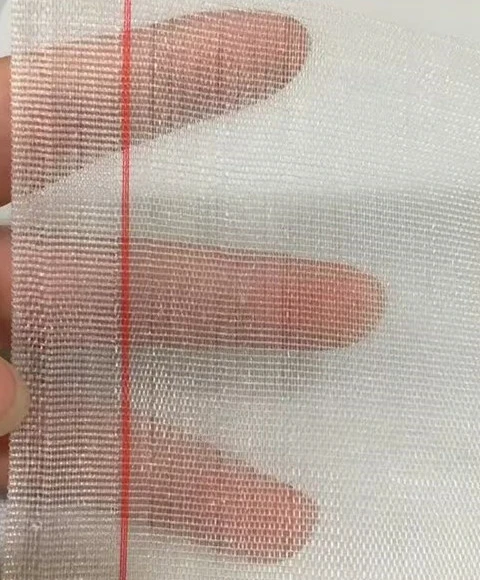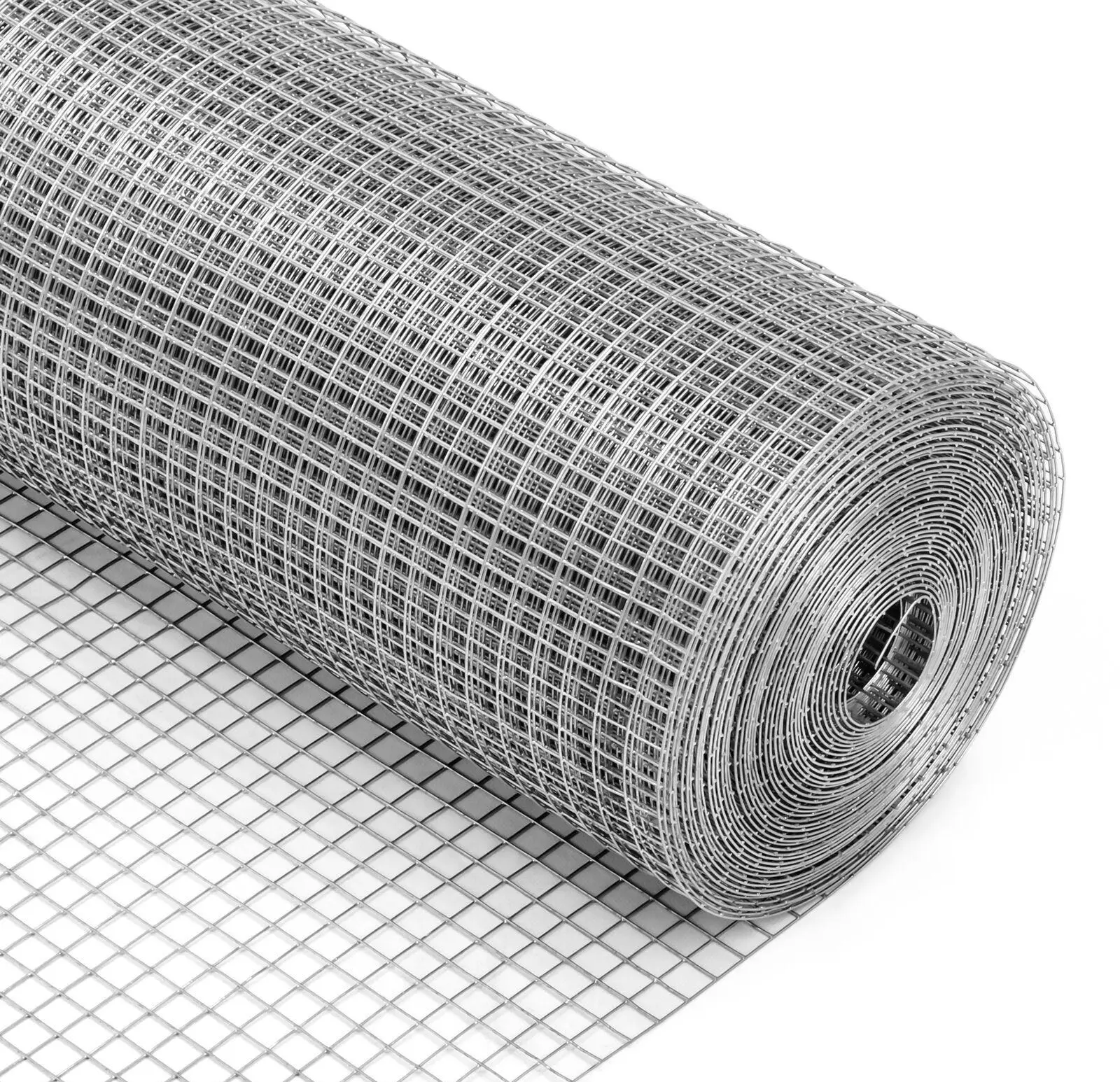Sunshade Net - UV-Resistant, Durable, Custom Sizes & Price
Sunshade Net is a key solution in the agriculture industry, specifically within agricultural means of production and Greenhouse materials. This article explores how Anping County Yongji Metal Products Co., Ltd. supports professionals with durable, high-performance products, and explains why this product is an ideal choice for businesses in these sectors.
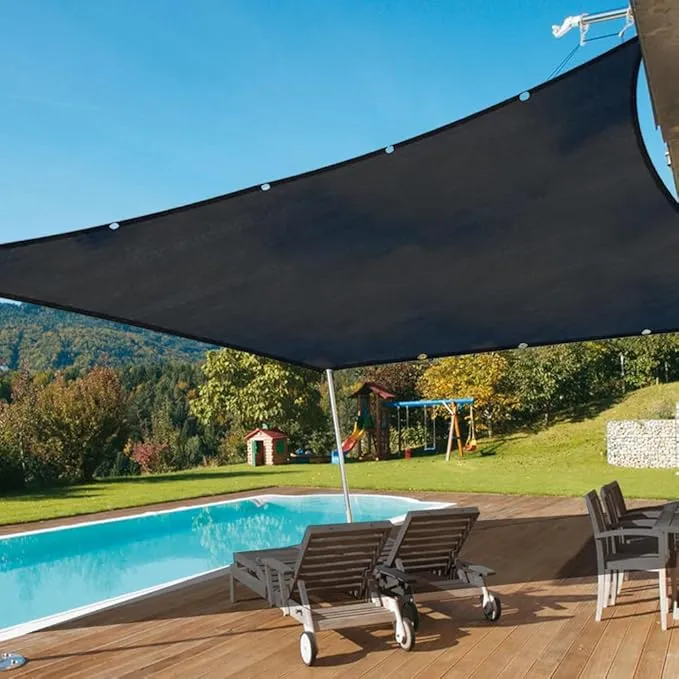
Table of Contents
- Sunshade Net Overview
- Benefits & Use Cases of Sunshade Net in Greenhouse materials
- Cost, Maintenance & User Experience
- Sustainability & Market Trends in agriculture
- Conclusion on Sunshade Net from Anping County Yongji Metal Products Co., Ltd.
Sunshade Net Overview
In controlled-environment agriculture, sun management is non-negotiable. A greenhouse Sunshade Net—also called sun shade mesh, sun shade netting, or net for sun shade—is a lightweight, UV-stabilized fabric that moderates light intensity, heat load, and wind, helping growers stabilize microclimates for seedlings, vegetables, ornamentals, and nursery stock. Typically produced from HDPE via Raschel knitting, it delivers airflow and light diffusion while resisting tearing and fraying, making it ideal for daily greenhouse operations and as a farm shade net in shade-house systems.
- Typical specs include shading factors from 30% to 90%, weights around 55–150 g/m², standard widths from 1–6 m (custom widths available), roll lengths of 50–100 m, and colors such as black, green, white, or aluminized for enhanced diffusion.
- An anti UV sunshade net formulation improves service life under intense sunlight, with reinforced selvedges or hemmed edges when supplied as a sun shade mesh tarp for faster installation.
- Anping County Yongji Metal Products Co., Ltd. manufactures dependable greenhouse sun shade solutions with consistent weaving, stable shading coefficients, and responsive customization to meet B2B project requirements.
Benefits & Use Cases of Sunshade Net in Greenhouse materials
From propagation houses to commercial vegetable blocks, the right sun shade netting directly impacts plant physiology. For young plants, higher shading (e.g., 60–80%) mitigates leaf scorch and transplant shock. For fruiting vegetables or ornamentals, intermediate shading (30–50%) balances photosynthesis and canopy temperature. Beyond roofing, an agriculture shade net can be deployed as sidewall screens, internal retractable bays, tunnel entrances, and over outdoor hardening-off benches. When configured as a sun shade mesh tarp, it enables quick seasonal coverage of sheds, livestock areas, and machinery.
- Competitive advantages: uniform knit for consistent PAR reduction, breathable airflow that reduces humidity spikes, anti-UV masterbatch to extend service life, and reinforced edges for reliable tensioning.
- Application flexibility: internal blackout combinations, layered shading strategies, and modular panels that integrate with existing greenhouse frames and cable systems.
- Anping County Yongji Metal Products Co., Ltd. supports project-specific selection—matching crop, climate, and greenhouse geometry—to ensure the sun shade mesh delivers targeted microclimate performance.
Cost, Maintenance & User Experience
For procurement teams, total cost of ownership matters more than the headline sun shade net price. Durable HDPE Raschel construction and anti UV sun shade net additives extend usable seasons, reducing replacement cycles. The ROI typically stems from more stable yields, improved grade-out rates, fewer heat-stress losses, and lower cooling loads—especially during peak radiation periods. Logistics are straightforward: rolls are compact, lightweight, and quick to install, minimizing downtime during seasonal changeovers.
- Maintenance best practices: rinse dust and foliar residues with low-pressure water, avoid abrasive contact with sharp frame edges, inspect tie points after storms, and store nets clean and dry when off-season.
- Buyer feedback emphasizes consistent shading coefficients across batches, easy handling, and the versatility of converting panels into a net for sun shade with hemmed borders and eyelets when needed.
Sustainability & Market Trends in agriculture
With hotter summers and tighter resource constraints, greenhouses are adopting passive climate tools that cut energy use and protect crop quality. Sunshade Net solutions support water stewardship by reducing evapotranspiration and can lessen reliance on power-intensive cooling. Policy attention on resilient supply chains and sustainable production further encourages technologies that extend product life and enable recycling at end of use.
- Material stewardship: HDPE mono-material construction facilitates collection and recycling compared with composites. Long-life anti-UV formulations reduce waste by extending replacement intervals.
- Anping County Yongji Metal Products Co., Ltd. aligns with these market priorities by focusing on durable, repairable designs, efficient packaging, and customization that helps growers meet climate and compliance goals without over-specifying materials.
Conclusion on Sunshade Net from Anping County Yongji Metal Products Co., Ltd.
For B2B greenhouse operators, a well-specified Sunshade Net—whether a farm shade net, sun shade mesh tarp, or custom sun shade netting panel—delivers measurable stability to plant microclimates, improves quality, and streamlines seasonal operations. Backed by attentive engineering and reliable manufacturing, Anping County Yongji Metal Products Co., Ltd. provides a resilient, high-value solution for modern greenhouse materials.
- Choose proven performance and tailored options for your agriculture shade net projects.
- Contact us: email: admin@yjwiremesh.com
- Visit our website: https://www.yjwiremesh.com
-
Anti Hail Net | UV-Stable, High-Strength Orchard ShieldNewsNov.17,2025
-
Anti Bird Netting – UV-Stable, Durable, Humane ProtectionNewsNov.17,2025
-
Welded Wire - Durable, Rust-Resistant Mesh, Custom SizesNewsNov.17,2025
-
Garden Mesh Sun Shade – UV-Resistant, Durable, Custom SizesNewsNov.17,2025
-
Bird in Net Solution: Humane, UV-Resistant Bird NettingNewsNov.17,2025
-
Stainless Steel Filters: Durable, Washable, High-FlowNewsNov.10,2025





